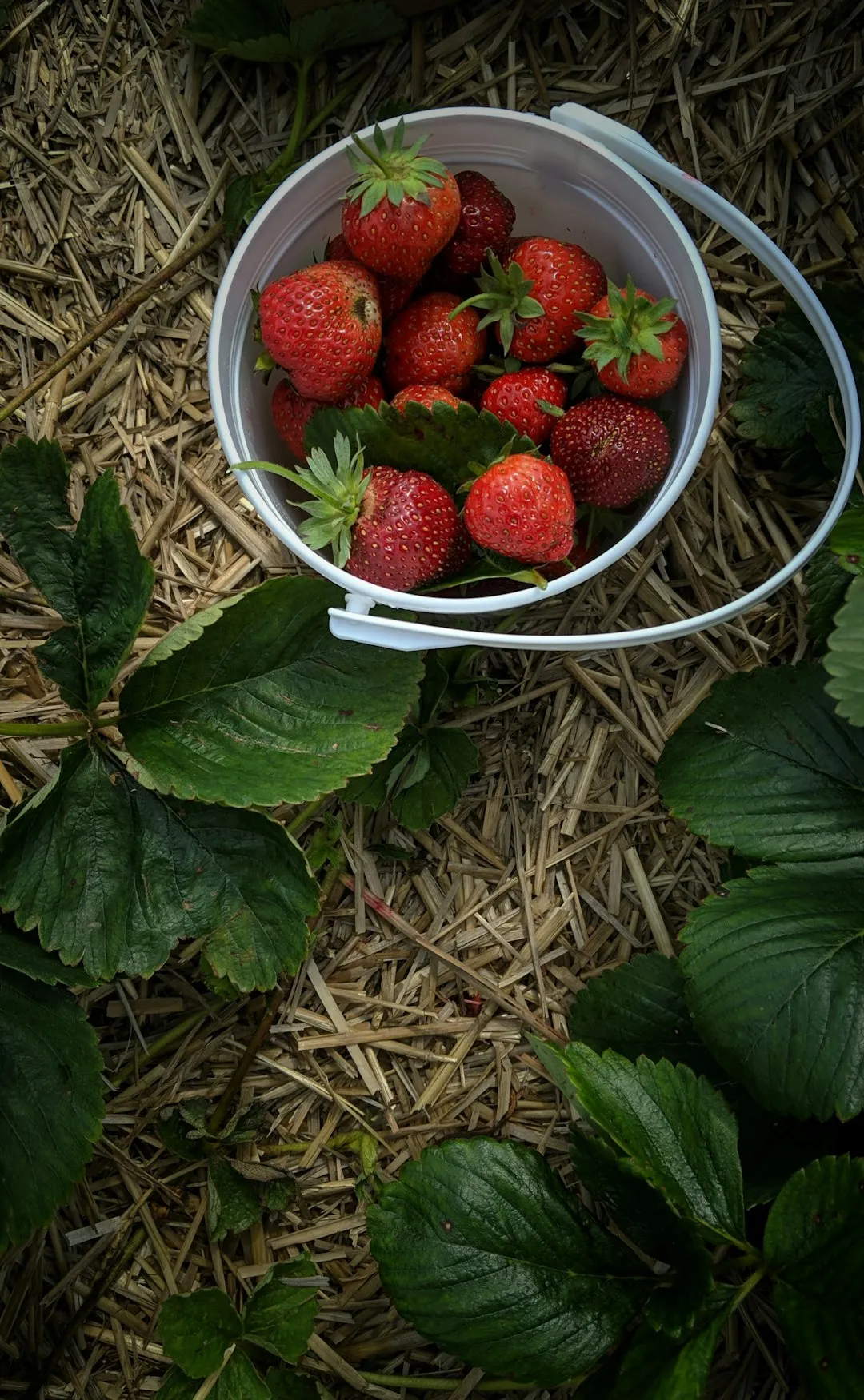Transform Your Sloped Yard: A Guide to Hillside Landscaping

Landscaping a sloped yard can be a challenging yet rewarding endeavor. With the right ideas and techniques, you can update the look and function of your outdoor space, creating a beautiful and functional landscape that enhances the overall appeal of your property. In this article, we will explore some hillside landscape ideas that can help you transform your sloped yard into a stunning oasis.
One of the first steps in landscaping a sloped yard is to assess the slope and determine the best approach for your specific situation. The slope of your yard will affect the type of plants, hardscaping, and drainage solutions that are suitable for your landscape. For example, a steep slope may require more extensive terracing or retaining walls to prevent erosion and create level planting areas, while a gentle slope may allow for more natural-looking planting beds and pathways.
Terracing is a popular technique for landscaping sloped yards. By creating a series of level platforms or terraces on the slope, you can create more usable space for planting, seating, or other outdoor activities. Terracing can also help to prevent erosion by slowing down the flow of water and reducing the impact of runoff. There are several materials that can be used for terracing, including concrete, stone, brick, or wood. Each material has its own advantages and disadvantages, so it's important to choose the one that best suits your style, budget, and the specific needs of your yard.
Retaining walls are another effective solution for stabilizing a sloped yard and creating level areas for planting. Retaining walls can be made from a variety of materials, such as concrete blocks, natural stone, or timber. They not only provide structural support but also add visual interest to your landscape. When designing a retaining wall, it's important to consider the height, length, and slope of the wall, as well as the type of soil and the amount of water pressure it will need to withstand. A professional landscaper can help you design and build a retaining wall that meets your specific requirements and complies with local building codes.
In addition to terracing and retaining walls, you can also use plants to help stabilize the soil and prevent erosion on your sloped yard. Groundcovers, such as creeping thyme, sedum, or ajuga, are excellent choices for covering large areas of bare soil and preventing runoff. They also add color and texture to your landscape. Shrubs and trees can also be planted on the slope to provide additional stability and shade. When selecting plants for your hillside landscape, it's important to choose species that are well-suited to your climate, soil type, and the amount of sunlight and water available. Native plants are often a good choice, as they are adapted to the local environment and require less maintenance.
Another important aspect of landscaping a sloped yard is drainage. Proper drainage is essential to prevent water from pooling on the slope and causing erosion or damage to your plants and hardscaping. You can install a drainage system, such as a French drain or a dry well, to redirect water away from the slope and into a suitable drainage area. You can also create swales or channels on the slope to help direct water flow and prevent runoff. Additionally, it's important to ensure that your gutters and downspouts are properly installed and functioning to divert water away from the foundation of your home and onto the slope.
Pathways and steps are also important elements of a hillside landscape. They provide access to different areas of your yard and make it easier to navigate the slope. You can use a variety of materials, such as gravel, stone, or concrete pavers, to create pathways and steps that blend in with the natural surroundings of your yard. When designing pathways and steps, it's important to consider the slope, the width, and the safety of the users. You may also want to add lighting to your pathways and steps to make them more visible at night and enhance the overall ambiance of your landscape.
Furniture and accessories can also be added to your hillside landscape to create a comfortable and inviting outdoor living space. You can place benches, chairs, or tables on the terraces or in the planting beds to provide seating and a place to relax. You can also add decorative elements, such as sculptures, fountains, or planters, to enhance the visual appeal of your landscape. When selecting furniture and accessories, it's important to choose pieces that are durable, weather-resistant, and suitable for the size and style of your yard.
In conclusion, landscaping a sloped yard requires careful planning and consideration. By using the right techniques and materials, you can transform your sloped yard into a beautiful and functional outdoor space that you can enjoy for years to come. Whether you choose to create a terraced garden, install a retaining wall, plant groundcovers and shrubs, or add pathways and furniture, there are many options available to suit your style and budget. With a little creativity and some hard work, you can create a hillside landscape that is both beautiful and sustainable.